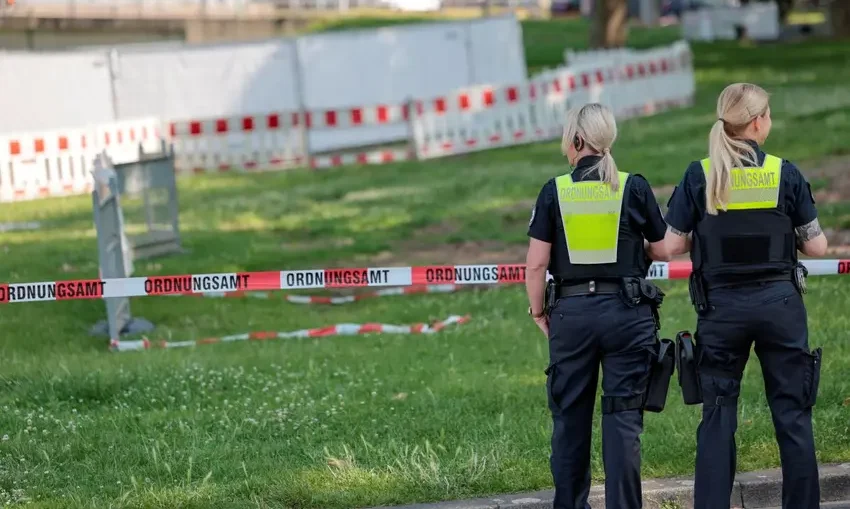On Wednesday, June 4, 2025, the German city of Cologne undertook its largest evacuation since the end of World War II, relocating approximately 20,500 people from a central area of the city to allow bomb disposal experts to safely defuse three massive unexploded bombs dating back to the war. The operation, described by city officials as the most extensive of its kind in Cologne since 1945, highlights the enduring legacy of wartime ordnance in Germany’s urban centers.
Discovery and Scope of the Evacuation
The three bombs, all American-made, were discovered on Monday during construction work at a shipyard in the Deutz district, a vibrant area located on the eastern bank of the River Rhine, opposite Cologne’s historic old town. Two of the bombs weigh approximately 20 tons each, while the third weighs around 10 tons. The presence of impact fuses in these ordnances rendered them highly dangerous, necessitating a large-scale evacuation and careful defusal.
Authorities established a security perimeter with a 1,000-meter radius around the discovery site, encompassing a densely populated and culturally significant part of the city. This zone includes residential buildings, 58 hotels, nine schools, two nursing homes, a hospital, multiple museums, government offices, and important transport infrastructure such as the Messe/Deutz train station and three Rhine bridges, including the heavily trafficked Hohenzollern railway bridge. The evacuation area also covers notable cultural venues like the Philharmonic Hall and the Musical Dome theater.
Evacuation Process and Public Safety Measures
The evacuation began early Wednesday morning, with officials going door to door to inform residents and workers of the mandatory departure. Residents were urged to leave promptly and stay outside the designated zone until the bombs were safely defused. Authorities warned that those refusing to comply could be forcibly removed by police and face hefty fines. Special arrangements were made to transport critical patients from the Eduardus Hospital via ambulance to ensure their safety.
Businesses, shops, restaurants, and cultural institutions within the evacuation zone were instructed to suspend operations for the day. Public transportation faced significant disruptions, with road closures, train cancellations, and the temporary shutdown of the Messe/Deutz station. River traffic on the Rhine was also halted to prevent any risk during the defusal operation.
Historical Context and Significance
Cologne was a major target of Allied bombing campaigns during World War II, suffering extensive destruction. The British Royal Air Force’s first thousand-bomber raid in May 1942 dropped over 1,400 tons of explosives on the city, damaging or destroying thousands of buildings. Despite the war ending over 80 years ago, unexploded ordnance (UXO) continues to be unearthed during construction and development projects across Germany, posing ongoing risks to public safety.
Bomb defusal operations are relatively common in Cologne, but the scale of this evacuation is unprecedented in recent decades. City officials emphasized that the defusal could only proceed once the entire evacuation zone was cleared, underscoring the complexity and danger involved.
Operation and Outlook
Bomb disposal experts from Germany’s national bomb squad prepared to neutralize the bombs on Wednesday, aiming to complete the operation within the day. The city expressed hope that the defusing would be finalized by evening, contingent on full evacuation compliance. The successful completion of this operation will allow residents and businesses to return to normalcy and resume activities in this historically rich and economically vital part of Cologne.
Conclusion
The evacuation of 20,000 people in Cologne to defuse three colossal World War II bombs is a stark reminder of the lingering shadows cast by historic conflicts. While such operations are routine in Germany, the scale and location of this event make it a significant moment in the city’s postwar history. Authorities’ meticulous planning and the public’s cooperation were crucial to ensuring safety during this large-scale and high-stakes operation, reflecting Cologne’s resilience and commitment to preserving both life and heritage amid the challenges posed by its wartime past

